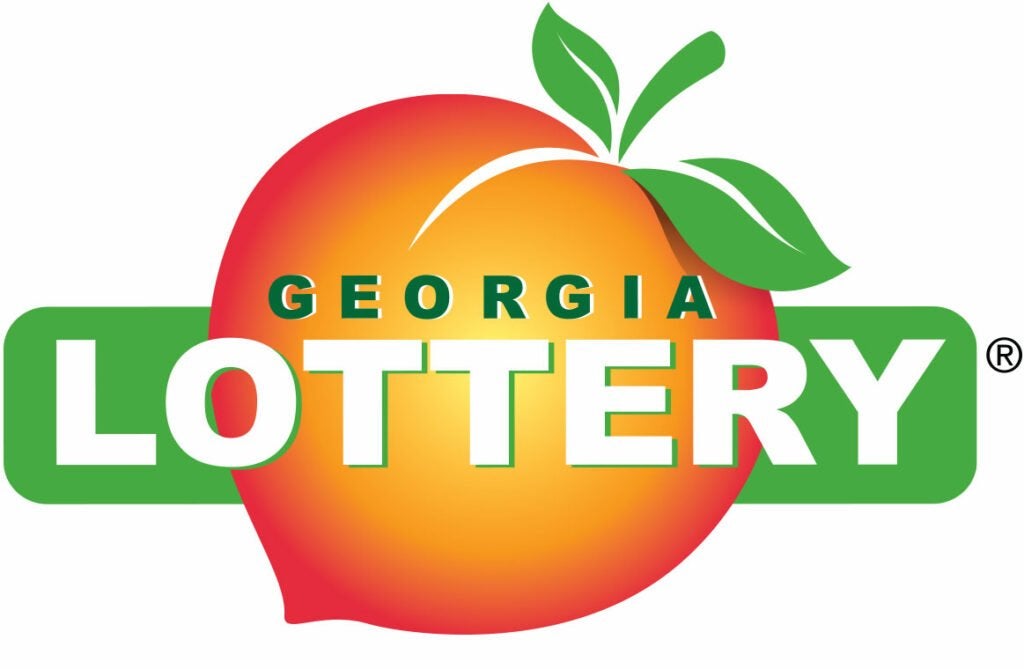Autumn whispers through the trees,
With leaves that dance on crisp cool breeze.
The garden dons its warmest hues,
In shades of red, gold, and russet views.
Pumpkins dot the fertile ground,
With mums and asters all around.
A season rich with harvest cheer,
As nature paints the closing year.
Catherine Pulsifer
I have just returned from the Georgia Master Gardeners Association annual conference and this year we are celebrating the 45th anniversary of the Master Gardener program in Georgia. The University of Georgia, as well as the sponsoring Master Gardener group, went all out with terrific presentations by nationally known experts and TV personalities.
It was quite a show! If any of you would like to explore the possibility of becoming a Master Gardener, please call your local Cooperative Extension office and let them know that you would like to be considered for the next class. We would love to have you.
As I mentioned last month, the sweltering heat of summer is finally giving way to the crisper, cooler days of autumn. October in Georgia presents a unique opportunity for gardeners to enjoy the best of both worlds. This month is a time of transition, where the remnants of summer’s harvest mingle with the promise of fall’s bounty. Whether you’re a seasoned gardener or a novice, October offers loads of activities to keep your garden thriving. October is the perfect time to plant cool-season vegetables. Consider adding the following to your garden:
Leafy greens: Lettuce, spinach, kale, and Swiss chard thrive in cooler temperatures and can be harvested well into the fall.
Root vegetables: Carrots, beets, radishes, and turnips are excellent choices for fall planting. They develop their best flavors in the cool soil of autumn.
Brassicas: Broccoli, cauliflower, and Brussels sprouts can be planted now for a late fall
This link has a chart, which shows whether you should use seeds or transplants at this time, as well as days to maturity and other great information on fall vegetable gardening.
Fall is not just about vegetables; it’s also a great time to add some color to your garden with ornamental plants and flowers. The nurseries and big box stores have these in abundance.
Mums: Chrysanthemums are a classic fall flower that adds vibrant color to any garden. These are normally treated as annuals, but you can grow them as perennials.
Pansies and violas: These hardy flowers can withstand cooler temperatures and provide a splash of color throughout the fall and winter. They are great in containers and window boxes as well as in beds. This link has all the “skinny “on successfully choosing and growing these colorful little flowers.
Ornamental cabbage and kale: These plants offer unique textures and colors that can enhance your garden’s aesthetic appeal. I love these colorful and hardy plants and grow quite a few every year. While it is too late to start them from seed, the local nurseries will be happy to provide you with transplants or fully grown specimens.
As you enjoy the beauty of fall, it’s also important to remember to prepare your gardens for the colder months ahead.
Mulching: Apply a layer of mulch (at least 3-4 inches) to protect your plants’ roots from freezing temperatures and to retain moisture in the soil. Mulch is one of the little appreciated, but absolute heroes of gardening.
Pruning: Trim back dead or diseased branches from trees and shrubs to promote healthy growth in the spring. Pruning can be a bit involved, but this link will make you an expert in short order.
Cleaning up: Remove any fallen leaves or debris from your garden beds and add them to your compost pile.
Perennial plants require special attention in the fall to ensure they come back strong in the spring. As most experts agree, October is an ideal time to divide and transplant perennials like daylilies, hostas, liriope and irises. This helps rejuvenate the plants and encourages healthy growth. It also provides us with additional plants that we can trade with fellow gardeners or use to expand our existing beds. (And who doesn’t love cheap plants?)
I was recently asked about fertilizing perennials at this time of year. Some suggest the application of a slow-release fertilizer to give your perennials the nutrients they need to survive the winter and thrive in the spring. However, I would be concerned that if the weather continues to be warmer than usual, your plants will start to put out tender new growth that would be easily damaged by the first cold snap. It is far safer to wait until spring to apply any type of fertilizer.
If you haven’t already done so, now is a great time to start a garden journal. One locally famous gardener and retired extension agent believes that a garden journal and a pencil are the most important tools that any gardener can have. And I wholeheartedly agree! This link has an in-depth discussion of how to do it and why. I strongly recommend that you start this practice as soon as possible. I promise that you will not be disappointed.
In conclusion, let me nag you again about, you guessed it, getting a soil test. Changing soil pH and nutrient levels takes time, sometimes months. Applying the required materials in late fall or early winter will pay dividends in the spring. Soil tests are inexpensive and can save you a lot of money on unneeded soil amendments. Stop by your local county Cooperative Extension office and pick up the test bags. The easy instructions are included.
And lastly, a Happy Halloween to all! May all your Jack-O-Lanterns be scary!











